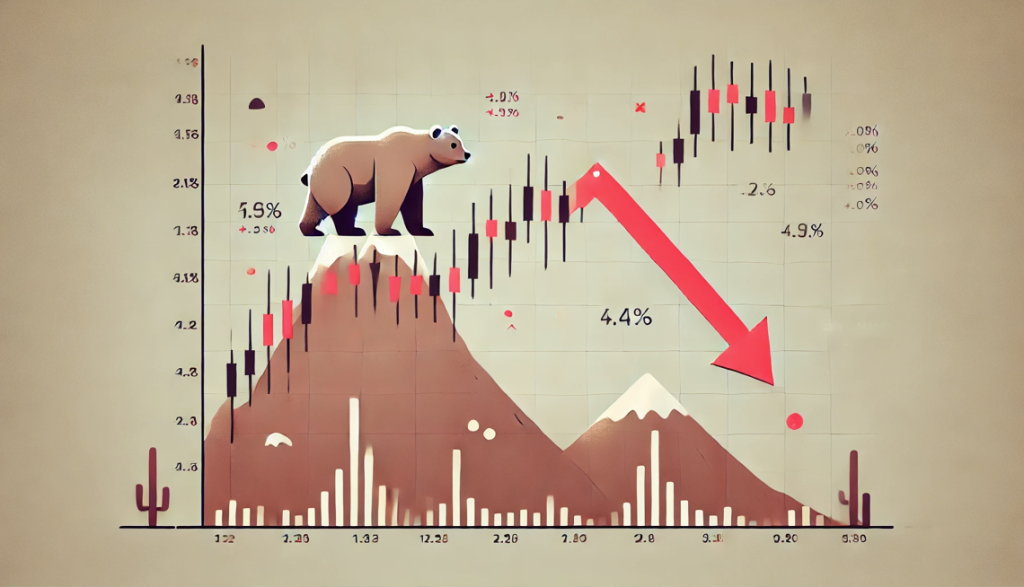The naphtha complex has seen a strong fortnight in both regions, with good increases in open interest and more supported prices. The Mar’25 NWE naphtha crack rose from -$6.00/bbl on 16 Jan to -$3.75/bbl on 27 Jan. Short upper shadows in candlesticks showed confidence in the rally, though 27 Jan had a longer shadow. OI dropped on 24 Jan but remains 7% above the 5-year average. Trade houses are nearly 1.0mb short, with majors taking profits after buying earlier. Net positioning in the Mar/Apr’25 spread fell from 2.77mb on 23 Jan to 1.88mb on 27 Jan, the lowest since October. Refiners sold 265kb to Onyx this week.
The Mar’25 naphtha East/West (MOPJ vs NWE naphtha) fell from $23.25/mt on 14 Jan to $15.00/mt on 24-28 Jan, rebounding to $16.00/mt on 28 Jan. Bollinger bands show rising volatility. Trade houses flipped to a net long position of 9kb after buying 160kb, while majors ended with a 71kb short.
Open interest (OI) in the naphtha complex increased significantly over the past two weeks as the market strengthened. The European naphtha M1 crack OI rose by 34% to 23mb, 20% above the 5-year average. M1 MOPJ OI is now 23% higher than the 5-year average, supported by 245kb of net buying from refiners.
The TC5 freight (from the Middle East to Asia) has seen huge pressure. M1 softened from $40.50/mt on 13 Jan to below $30.00/mt on 27 Jan. There were losses in the TC5 as the stricter sanctions on Russia, announced on 10 Jan, were digested. The Houthis put out a release that in light of the Gaza ceasefire, the “sanctions imposed on vessels listed on ban lists” were ending, which agreed to an end to most of the attacks on shipping vessels in the Red Sea.
Petro Rabigh and Honeywell, under Saudi Arabia’s Ministry of Energy, signed an MoU to explore Honeywell UOP’s NEP Naphtha-to-Ethane-and-Propane technology backed by Eng. Ahmed Al-Zahrani, the initiative supports Saudi Vision 2030 by converting Butane and Naphtha into high-value feedstocks for light olefin production, advancing sustainable and efficient energy solutions.
Shahid Tondguyan Petrochemical Company is set to achieve self-sufficiency in catalyst production after signing an MoU to produce cobalt acetate and manganese acetate. The agreement, valued at 486 billion tomans (€2.3 million), was signed in the presence of the Iranian president by the company’s CEO and the CEO of the Petrochemical Special Economic Zone Organization. The domestication project in the PET production chain is estimated to save Iran €2 million annually.
Philippine petrochemical producer JG Summit will indefinitely shut its petrochemical complex, halting operations by the end of Q1 2025 due to profitability concerns. The shutdown includes its naphtha cracker, downstream PE (570 kt/yr), and PP (300 kt/yr) plants. Peak Fuel, its LPG trading arm, will continue operations. With the closure, the Philippines, which consumed 170 kt/yr of LLDPE, 240 kt/yr of HDPE, and 440 kt/yr of PP in 2024, will rely entirely on PE and PP imports. JG Summit will supply domestic customers until its inventory is depleted.




